Autumn is upon us – and it's an exciting time for the Irish arts community, with a wealth of activity providing fantastic offerings for audiences across the country. We refer to ourselves as a cultural nation so it’s no surprise that people participate and engage in their droves; in performances, gigs, exhibitions, talks and workshops.
Among the cultural highlights in recent weeks was a vibrant programme from Dublin Fringe Festival that saw over 500 artists involved in staging 74 events across the capital. In Connemara, Clifden Arts Festival extended its run as Ireland’s longest-running arts festival, with a diverse multi-disciplinary programme for its exhilarating 47th edition.
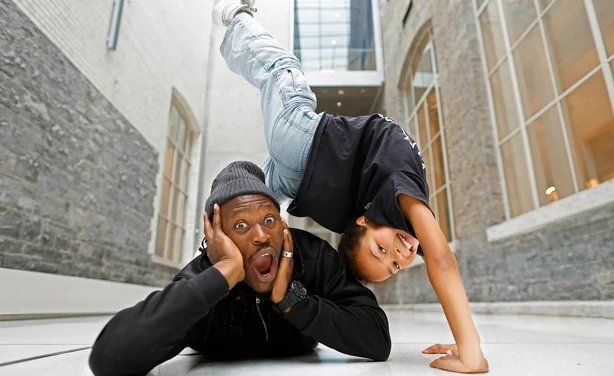
(Pic: Julien Behal)
It is clear to me that we are entering a golden age in the arts, but for this to happen, artists must have the time, space and financial support to create and bring their work to the world.
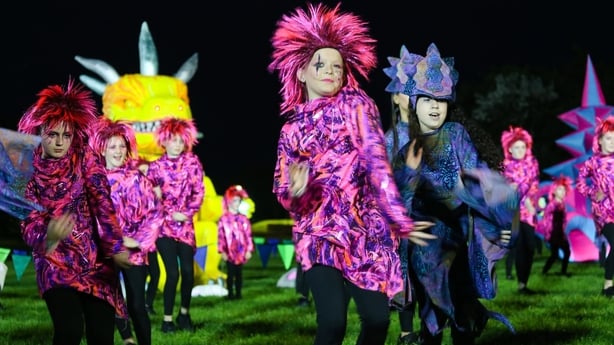
(Pic: Donna El Assaad)
When I recall the first Culture Night under our stewardship back in September 2020, it’s the resilience, imagination and adaptability of our arts community that come to mind. That Culture Night took place mostly online due to Covid-19 restrictions, and no-one needs to be reminded of the opportunities and income streams that had disappeared overnight.
Not long after that event, Minister for Tourism, Culture, Arts, Gaeltacht, Sport and Media Catherine Martin announced an increase in Arts Council funding through her Department to a record €130m.
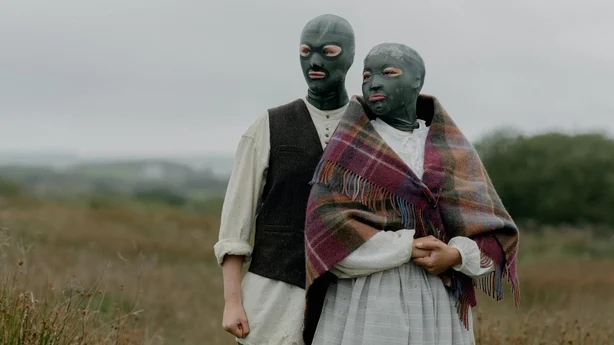
(Pic: Faolán Carey)
That unprecedented level of investment was crucial in enabling us to support the arts sector as it navigated the challenges of the pandemic. In the years since, the benefits of this increased funding for the arts have been nothing short of transformative.
The number of individual artists that the Arts Council funds has quadrupled in this time, and we have increased investment across all art forms. Funding supports range from annual funding for arts organisations, to awards for programming and one-off projects, as well as schemes for touring, festivals, arts centres and more.
We are entering a golden age for the arts in Ireland, but we must seize this moment to build the momentum and to safeguard against potential pitfalls.
Our objective of bringing the arts to more people and places has included investment in the Creative Schools programme, with one in four Irish schools now taking part, and the development of 19 distinct Creative Places, has resulted in arts programmes being available for people in parts of the country that previously had not benefitted from sustained arts investment.
Yet, significant challenges persist for artists and arts workers in Ireland, with the effects of the ongoing housing and cost of living crises being felt acutely across the sector.
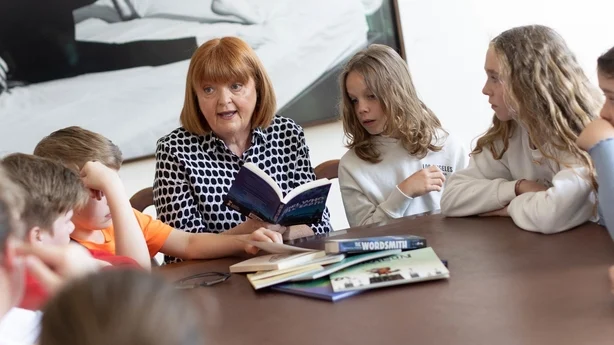
(Pic: Kenneth O'Halloran)
Spiraling rents and property prices make it difficult for artists to secure stable housing, often forcing them to live in precarious conditions. Research carried out as part of the Basic Income for the Arts Pilot Scheme highlighted a disproportionate number of artists in Ireland experiencing deprivation, when compared with the general population. We cannot risk losing the next generation of artists and arts workers.
Rising overheads and other costs also put pressure on arts centres, festivals and other critical organisations that provide vital channels both for artistic development and for audiences to enjoy high quality arts experiences. For many arts organisations, the squeeze is putting them at breaking point.
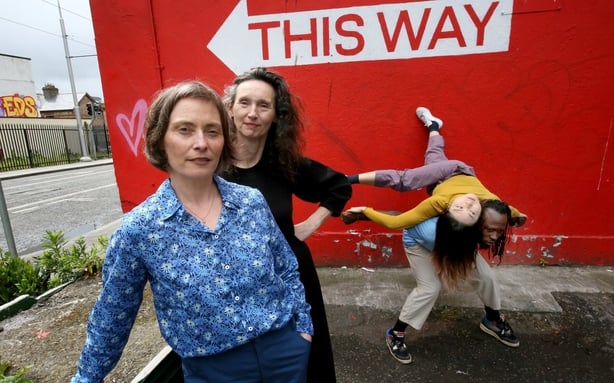
at the launch of Luail: Ireland's national dance company
(Pic: Julien Behal)
A scarcity of affordable workspaces further compounds these issues, as artists struggle to find suitable places to create work and collaborate. Welcome steps to tackle this problem include government funding of €6 million for local authorities to redevelop vacant buildings as workspaces and our own proposal to work with Dublin Port to develop a campus for artists at the Odlums Flour Mills site, but it will take some time for these plans to come to fruition.
Another challenge facing artists and arts organisations is that increased activity in the sector and our growing population has led to record numbers of applications for Arts Council funding schemes, making those programmes increasingly competitive.
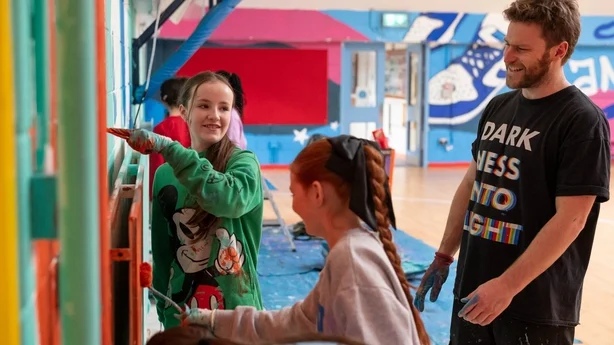
(Pic: Brian Cregan)
In 2019 we were able to fund 61% of eligible funding requests, but in 2023 we were able to approve funding for just 51% of applications submitted. The total amount of funding requested from us increased in that same timeframe from €93.9m to €231.3m.
Our overall budget from Government, at its current level of €134m, cannot meet demand nor fully fund the arts infrastructure to nurture and develop artistic expression of the highest order across the country.
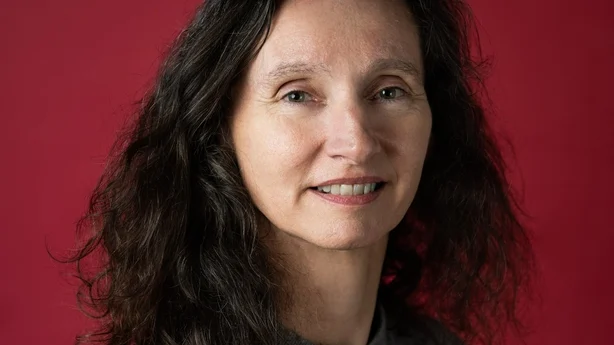
(Pic: Ruth Medjber)
Ireland’s arts sector is thriving, and rightly attracting international recognition. Our award successes, including recent Irish wins in major international competitions like the Booker Prize and at the Oscars, are testament to this.
Now, we urgently need to build on this success and ensure that coming generations of artists and audiences can see a bright and sustainable future. This is why we are seeking an increase in Arts Council funding in Budget 2025.
I was delighted to spend Culture Night in Galway city, and it was wonderful to witness it come alive in such spectacular fashion, on a night when arts and culture take centre stage.
We are entering a golden age for the arts in Ireland, but we must seize this moment to build the momentum and to safeguard against potential pitfalls. Can we, and will we, work together to ensure a thriving future for the arts in Ireland?
Maureen Kennelly is Director of the Arts Council of Ireland.
Disclaimer: The copyright of this article belongs to the original author. Reposting this article is solely for the purpose of information dissemination and does not constitute any investment advice. If there is any infringement, please contact us immediately. We will make corrections or deletions as necessary. Thank you.






